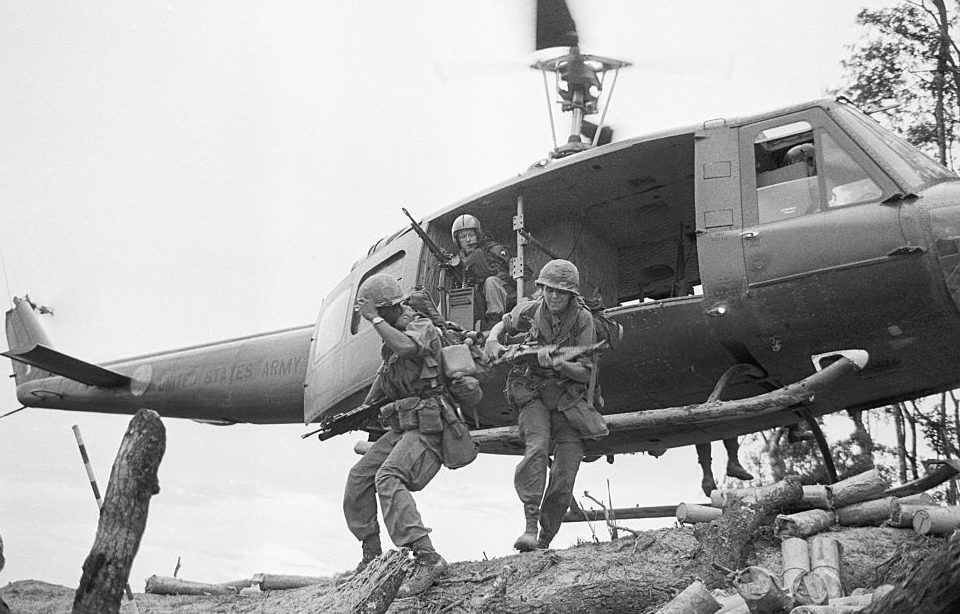In the 20th century, US military operations saw significant technological advancements. During the Vietnam War, for example, helicopters emerged as key tools, aiding in navigating dense jungle terrains and conducting aerial reconnaissance. While these aerial vehicles played a crucial role, they weren’t without their shortcomings, as highlighted during Operation Lam Son 719.
Helicopters were commonly used during the Vietnam War
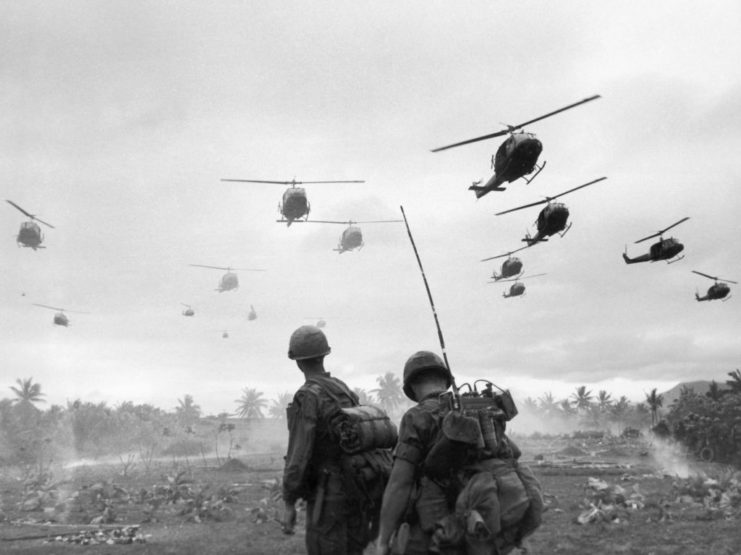
During World War II, helicopters saw use, primarily in the form of rudimentary prototypes. In the Korean War, their main role was the transportation of wounded soldiers. However, by the time the Vietnam War began, choppers had become widespread. Throughout the US engagement in the conflict, an astonishing 12,000 were deployed, serving in various roles and operations.
Helicopters played diverse roles in providing air support, and serving as a crew member onboard posed significant risks. Around 40,000 pilots and 60,000 crewmen were involved in wartime activities. Among them, 2,165 aviators and 2,712 crew members lost their lives, constituting approximately eight percent of the total combat fatalities suffered by the United States.
Meant to aid the South Vietnamese during Operation Lam Son 719
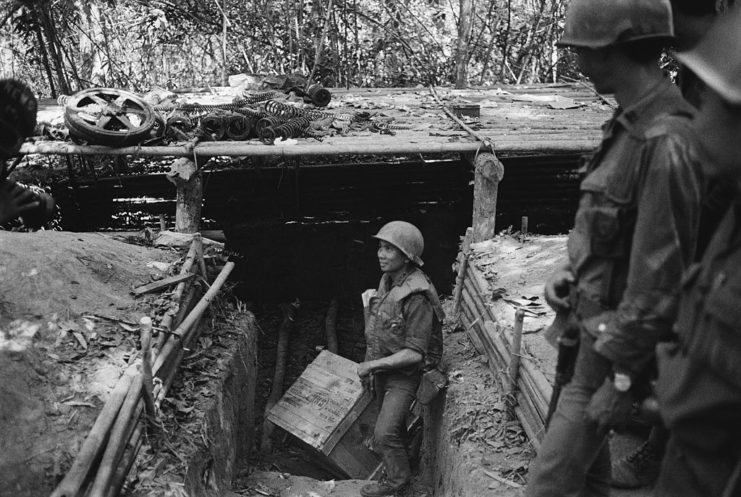
Named after the North Vietnamese leader, the Ho Chi Minh Trail stretched from Vietnam through Laos and Cambodia, serving as a crucial supply route for the Viet Cong and the People’s Army of Vietnam (PAVN). The South Vietnamese were determined to disrupt the trail, aiming to block enemy access to reinforcements and vital supplies.
The American commitment to supporting South Vietnam was steadfast, yet they were restricted from deploying ground troops into Laos. Instead, they sought to render assistance through helicopter-based air support. Given the challenging terrain and the enemy’s ability to blend into the jungle, choppers offered an advantage, allowing for greater mobility and access to remote areas.
The operation was intended to be a major step toward Vietnamization
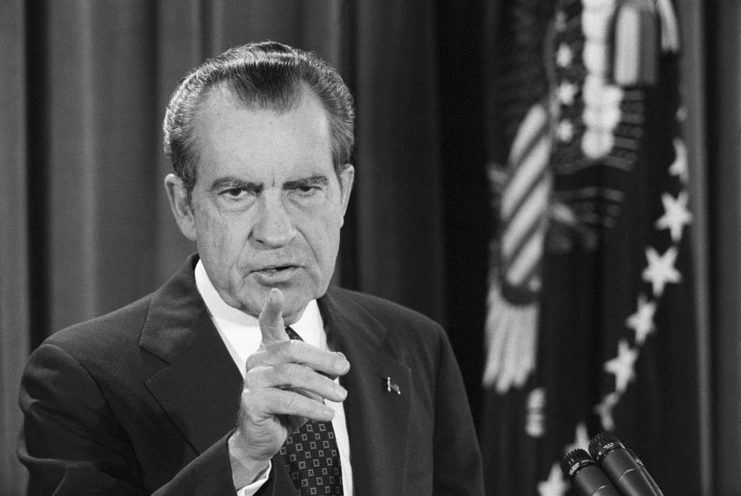
The aim of Operation Lam Son 719 was to signal the beginning of what President Richard Nixon called “Vietnamization,” the eventual turnover of the war to the Army of the Republic of Vietnam (ARVN) as the US began to pull out. There were also hopes a victory would help bolster confidence within the ranks of the ARVN.
The initial goal was for the operation to last between 90 and 120 days, with US air support allowing the South Vietnamese to push deeper into enemy territory. Those behind the operation believed that, by pushing into Laotian territory, they would force the North Vietnamese to come out into the open. Once they were on the trail, the air patrol would pick them off.
Despite the superior technology and airpower, however, Operation Lam Son 719 ended up being a total disaster.
US forces weren’t prepared for the North Vietnamese response
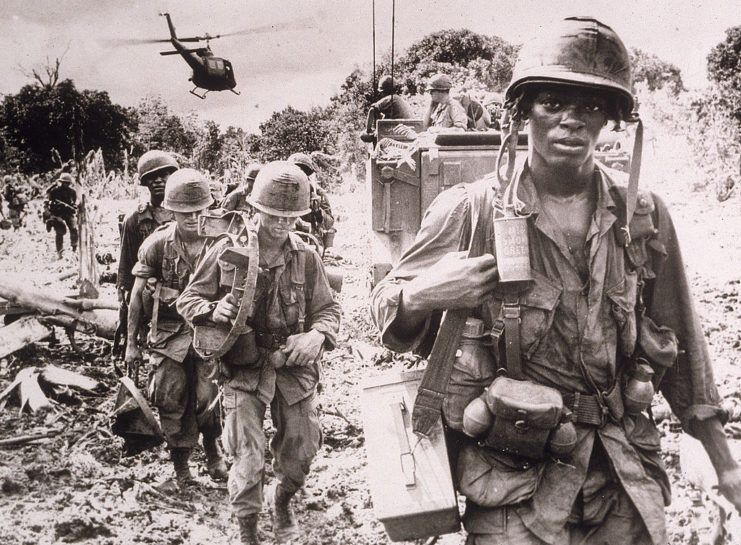
During the planning phase, the US anticipated little difficulty in handling the North Vietnamese troops. However, the People’s Army of Vietnam (PAVN) was thoroughly prepared to defend itself, acquiring intelligence beforehand. Helicopters were under frequent attacks, with the enemy unleashing anti-aircraft artillery fire for nearly 24 hours each day.
The Vietnamese barrage proved devastating. Out of the 750 American choppers deployed to conduct the 160,000 sorties that occurred during the operation, 108 were completely destroyed, and another 618 sustained damage – with 20 percent deemed beyond repair. Within just two months, 72 helicopter crewmen lost their lives, while 59 were injured and 11 reported missing.
In addition to the helicopter losses, the US also suffered casualties in other areas, including 163 armored vehicles, 71 tanks, 278 trucks, seven aircraft, 37 half-trucks and 114 artillery pieces either destroyed or captured.
The aftermath of the operation
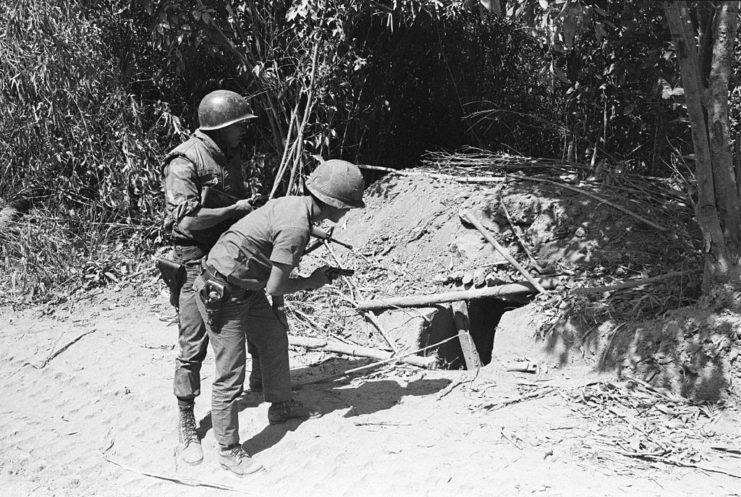
Despite initially intending to execute Operation Lam Son 719 for 90-120 days, US troops withdrew after only 60. Nonetheless, President Nixon portrayed the mission as a success, conveying in a televised speech, “Tonight, I can report that Vietnamization has succeeded.”
Similarly, South Vietnam asserted the effectiveness of the operation, with President Nguyễn Văn Thiệu declaring it as “the biggest victory ever.”
Want War History Online‘s content sent directly to your inbox? Sign up for our newsletter here!
However, it was North Vietnam that ultimately emerged as the victor. Construction of the Ho Chi Minh Trail persisted vigorously, extending it an additional 60 miles in length and 90 miles in width. The US also conducted a thorough review of their helicopter usage in battles, particularly questioning their survivability in hostile combat environments.
